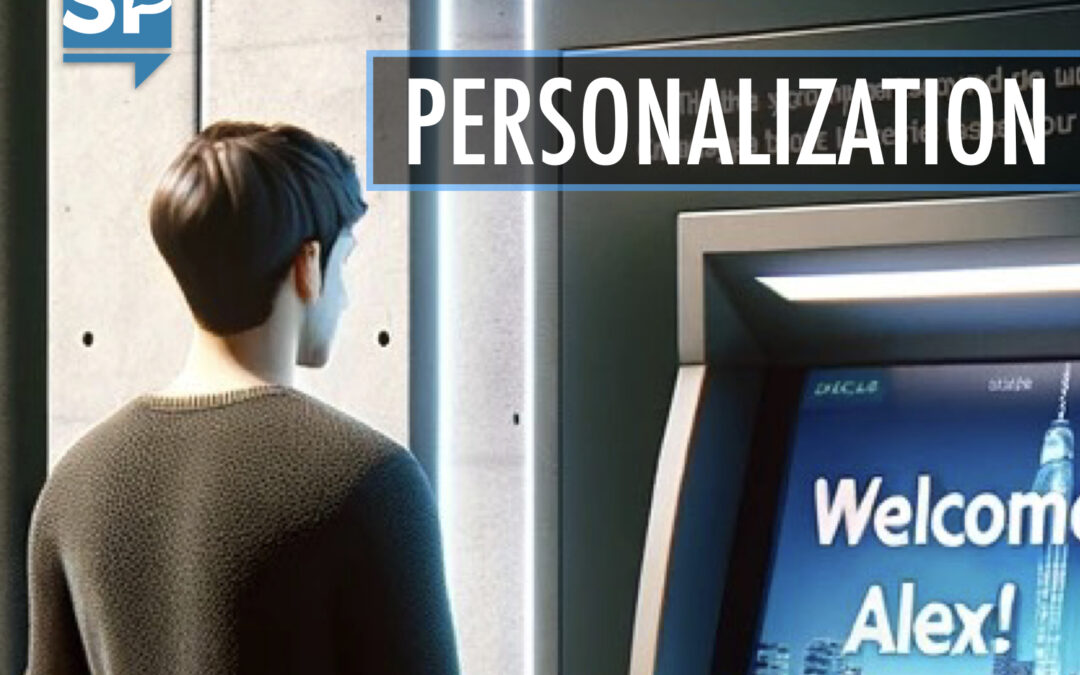In the upcoming book, “Blue Goldfish 2.0,” Chuck Gallagher and I explore how AI can lead to more personalized, engaging, and efficient customer interactions.
Looking at more than 400 case studies, we’ve uncovered 8 ways to utilize the transformative power of AI and data analytics into the fabric of customer experience. One of those ways is Personalization.
Personalization is achieved by transforming vast datasets into meaningful, actionable insights that cater to individual customer preferences and behaviors. Our personalization chapter shares compelling examples of businesses harnessing AI to deliver tailored experiences.
One of the core principles highlighted is the shift from one-size-fits-all marketing strategies to dynamic, responsive interactions that reflect an intimate knowledge of the customer journey. This shift is made possible by AI’s ability to analyze and interpret complex patterns in data, enabling companies to predict customer needs, recommend relevant products, and engage in more meaningful conversations.
An example of this is Wells Fargo. Their approach to personalization is centered around their innovative use of ATMs. By implementing predictive analytics, Wells Fargo’s ATMs can adapt to the personal banking habits of their customers. The system analyzes past transactions to offer customized options on the ATM’s main screen.
For instance, if a customer frequently withdraws a specific amount of cash or regularly deposits checks, these options become readily accessible, speeding up the transaction process and making banking more convenient.
The genesis of this personalized ATM experience was Wells Fargo’s commitment to understanding and serving their customers more efficiently. This philosophy has led to a redesigned ATM interface that recognizes their preferences and behaviors.
One practical application of this technology is the ATM’s ability to display customized, easy-access buttons for a customer’s most common transactions immediately after card insertion and PIN verification. This reduces transaction time and personalizes the customer’s interaction with the ATM, making each experience feel more intuitive and tailored to their banking habits.
Our chapter on Personalization from “Blue Goldfish 2.0” examines the role of AI in crafting personalized customer experiences. The journey toward AI-driven personalization is not without its challenges. You have to find the balance between automation and human touch. While AI excels in processing and analyzing data at scale, the human element remains crucial in interpreting and applying these insights with empathy and creativity. But for those organizations willing to embrace this paradigm shift, the rewards promise to be transformative.

